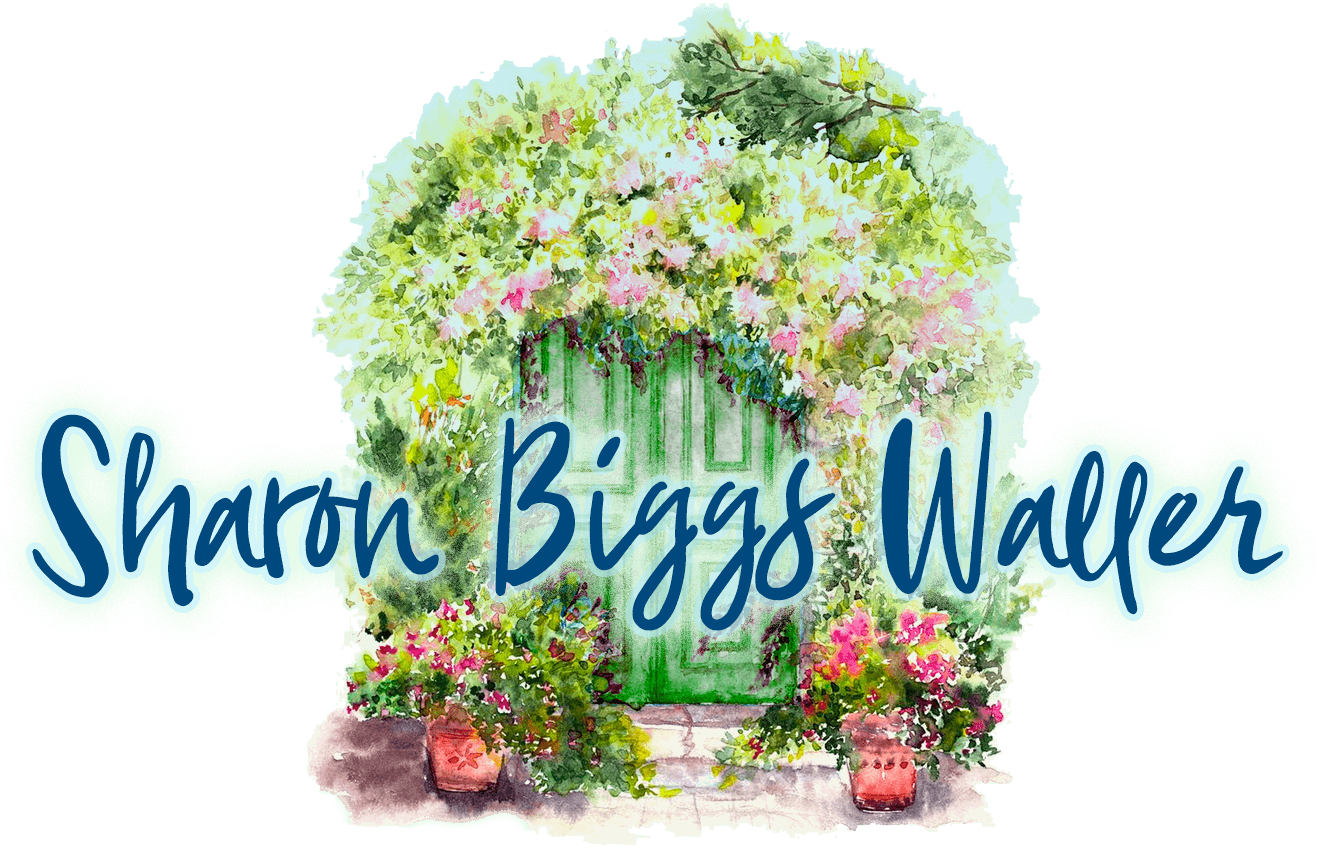A friend of mine, a fellow writer and horse/farm owner, recently asked me how I found time to write articles and books while taking care of a farm. She was looking for ideas to help in her own work/farm/writing quandary and wondered if I had any tips for her. I wasn’t sure what to tell her because I put myself in the same boat. The fact that I can’t finish everything every day in the way that I want is always a source of frustration for me. I know I’m joined in this by a lot of people. My friend, Jennifer, another hobby farmer and photographer, and I admitted once that we looked forward to winter because there was a lot less for us to do.
Now I’m not complaining. I want to say that right off the bat, because owning this beautiful piece of land near Lake Michigan is a dream come true. Being able to stay home and write every day is another dream come true. I love all of my animals, even my mischievous goats, and one day away from my farm is hard to bear. But, there is a LOT to do when you own a farm and there is a LOT to do when you are a writer. So much to do that it can become overwhelming. There is no end. I feel guilty for taking an hour away from writing or weeding or planting to sit on my porch and read or to watch something stupid on TV. I long to jump on the train and go to Chicago to visit the art museum or to ride my bike to the lake and sit there for a few hours. Every day is filled with another task to do, another goal to meet, another weed to pull, another craft to learn that I can write about, another source to interview, another scene to write.
On an average day I wake up anywhere from 6 am to 7 am, feed all the indoor critters and then pull on the wellies and head outside. Chickens are first. I let them out, fill the water drinkers, top up the feed hoppers, lug extra feed out to the coops and gather any early eggs. Then it’s over to the big guys. I feed the horses, feed and cuddle the barn cat, feed the goats, spray the horses with fly spray, walk them out to their pasture, return to the barn to muck stalls and fill water buckets. I open the greenhouse and water the seedlings. Then I head into the house about for coffee and breakfast. Check emails, answer emails from my editors, take a sneaky look at Twitter, quickly scan the news on NPR online. Send out a few emails to writer friends to check in with them and then settle down to work. I write fiction for two hours each morning, six days a week, unless I have a pressing deadline. My riding instructor told me years ago when I became a professional trainer to make sure to ride my own horse first, otherwise I’d be too tired to ride after I’ve ridden everyone else’s horses. So I take that into my writing world too. If I waited to write fiction after being shackled to my computer…well, it just wouldn’t happen. This amount of time may not seem like much, but the word count mounts up with even an hour a day. I suppose that is the best advice I could give anyone who wants to write. Just an hour a day, start there.
After my fiction session I switch to non-fiction and fact check articles, and then either write an article, do some research, conduct interviews or work on a non-fiction book project. Then it’s lunch and then back to work or out to run errands. About 4, I take the dogs for a walk in the woods near my house or go for a bike ride. When I’m walking or riding I mull over plot problems or ideas for scenes. When I come home I make notes or quickly sketch out the scenes I thought of on my walk. I answer any emails and then change into barn clothes, feed the indoor critters, and then back out to feed the chickens, gather eggs, feed the big guys and then do any farm chores, such as water the gardens, weed, check my bees, harvest veg, ride the horses. Then it’s back into the house to make dinner, have dinner, do the dishes, hang out with my husband and niece for a couple of hours and then to bed where I’ll read for an hour, think about my fiction again and make any notes on my iPad before I go to sleep.
The weekend is filled with farm chores, harvesting, cleaning, visiting farmers markets, more writing, hanging out with family/friends, and, yes, even some time out on the porch swing reading.
Those of you who follow my blog might remember there used to be a milk goat in that schedule. As fun as it was, milking one goat took two hours out of my day. The milking bit was fast; the preparation before and after and dealing with the milk took the longest. So I dried my doe off in the winter and found that I didn’t really want to repeat the milking this summer, so I took a break. And that’s fine. In the not-so-distant past I would have forced myself to keep going, but sometimes the wise choice is to let some things go. The goat didn’t mind, I didn’t mind, I have a freezer of goat cheese and goat milk, so it made sense to take a year off of the dairymaid work. That’s another piece of advice: it’s okay to drop a project. You don’t have to do something forever, just because you did it once. That doesn’t make you a quitter.
Each day is a busy day indeed, and of course life prevails and I get sick or fed up, or someone in my family or a friend needs help, or someone is visiting from out of town or galleys come in for a book project that need to be addressed. It’s important to stay flexible and to understand there are only so many hours in the day, and not everything is going to get done perfectly…or at all. As long as everyone is healthy, fed and watered, the house and farm is relatively clean, and my work hasn’t gotten out of control, then I have to call that a successful day. Everything else is a bonus.
My best friend, editor and co-author, Moira Reeve, told me once that she gets what she can done each day, she cracks open a bottle of wine, surveys the damage, and pronounces the job…done? That’s really all we can do.
So that’s my blog written. Phew. On to the next task!
















